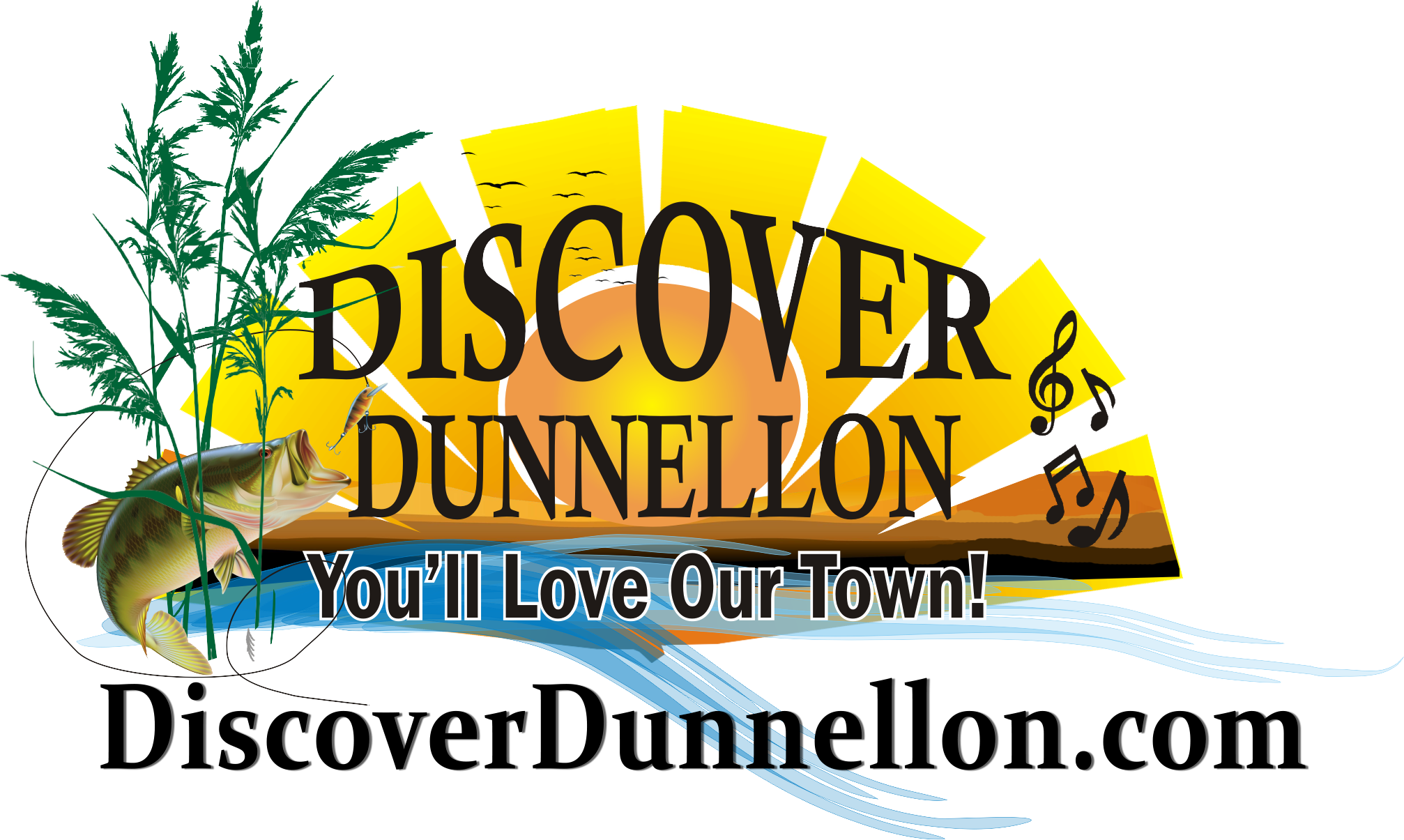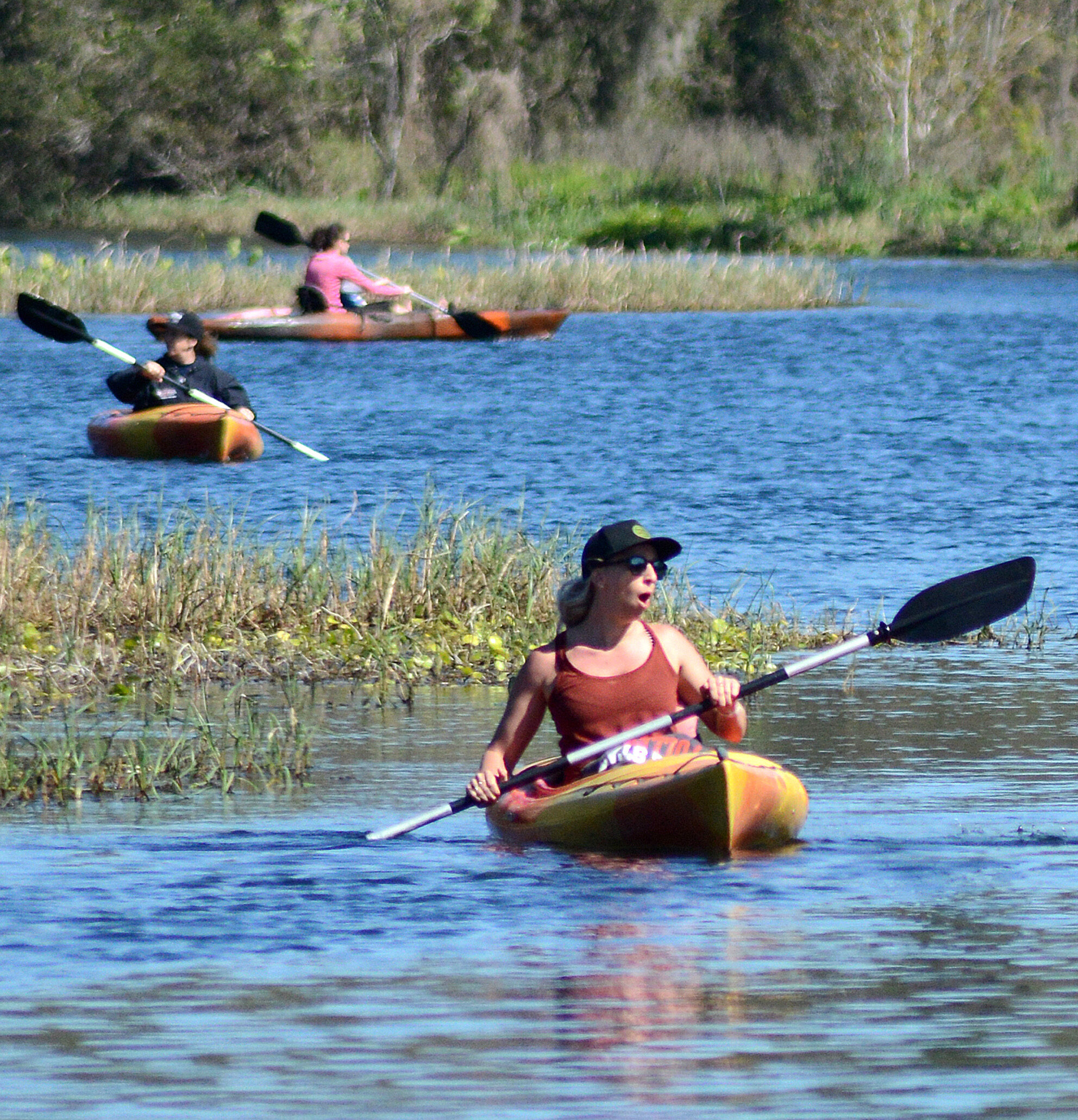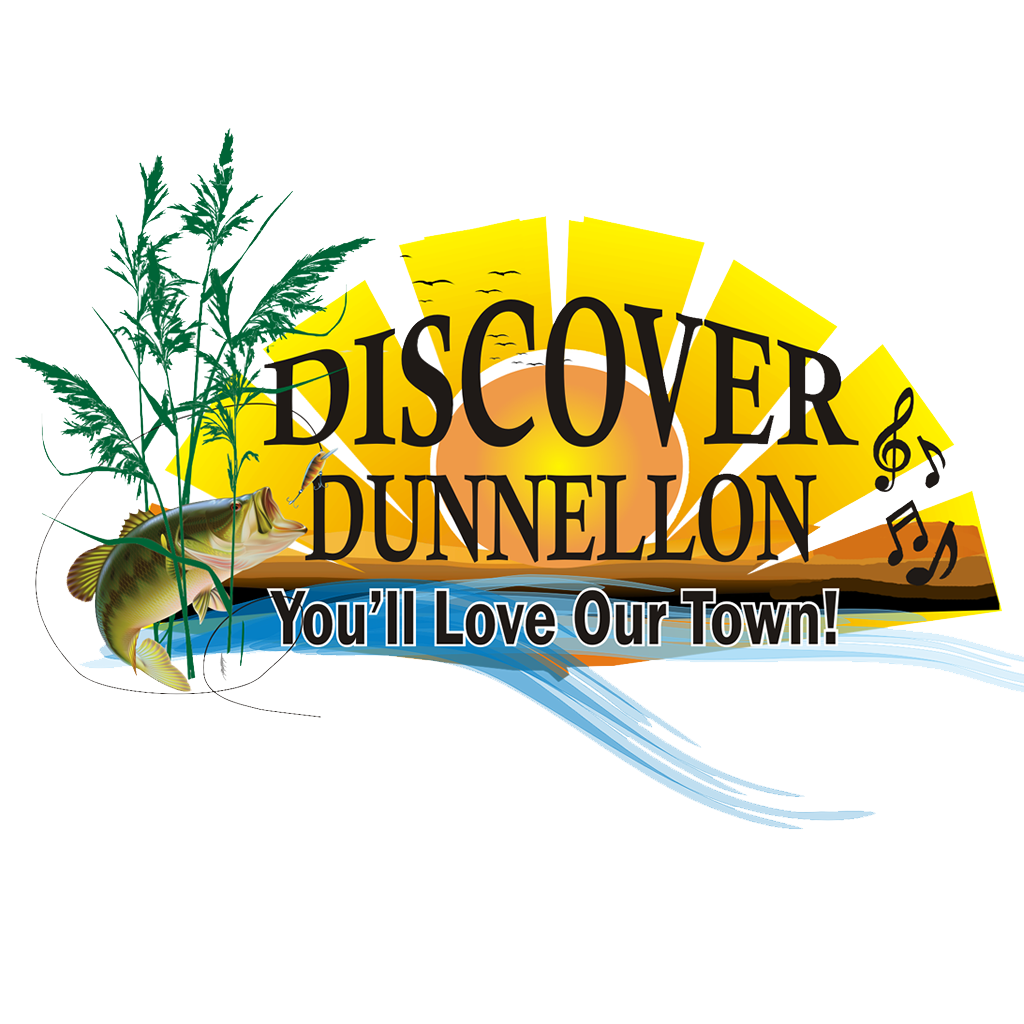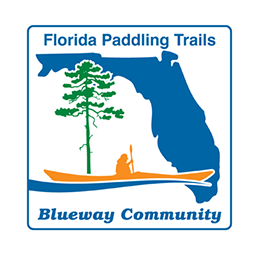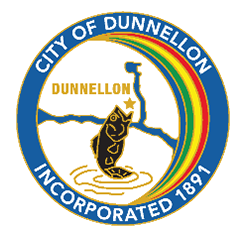History
Dunnellon's Rich History
Located at the meeting point of the Rainbow and Withlacoochee Rivers, Dunnellon, Florida, has a history as rich and flowing as its waterways. From the phosphate boom of the late 1800s to its current status as a nature-lover’s paradise, Dunnellon’s story is one of growth, change, and enduring small-town charm. Explore the timeline and discover the fascinating events that shaped this historic riverside community.
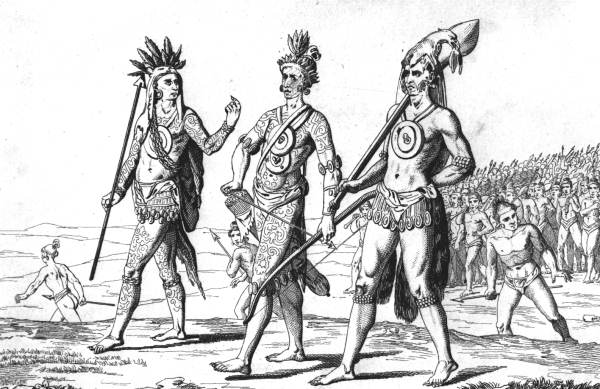
1497-1821 Early Settlement:
The area that would eventually become Dunnellon was originally inhabited by Native American tribes, including the Timucua and Seminole. European settlement began in the 19th century when homesteaders arrived in the area.
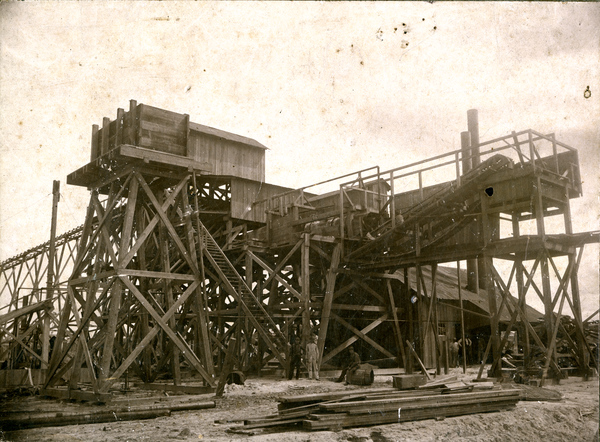
1887 Phosphate Discovery:
Lorem ipsum dolor sit amet, consectetur adipisi cing elit, sed do eiusmod tempor incididunt ut abore et dolore magna
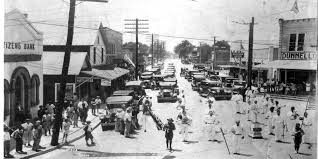
1890 Founding of Dunnellon:
In 1888, a railroad line known as the Withlacoochee River Railway was extended to the phosphate mines near what is now Dunnellon. The railway company’s president, Alfred Ayer, named the town “Dunnellon” after his friend and fellow railroad executive, John Dunnell.
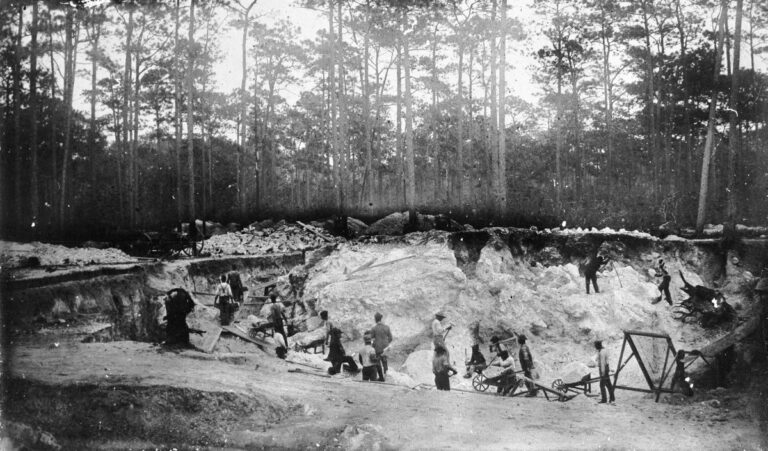
1895 – 1940 Boomtown Era:
During the early 20th century, Dunnellon experienced a period of rapid growth and prosperity. The town became a bustling boomtown, with a thriving downtown area featuring stores, hotels, and entertainment venues. The Withlacoochee River, which runs through Dunnellon, served as a transportation route for goods and further contributed to the town’s economic success.
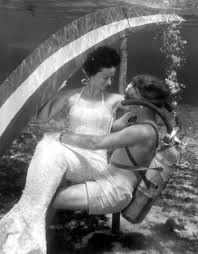
1956 Decline and Transformation:
As the phosphate industry declined in the mid-20th century, Dunnellon faced economic challenges. However, the town began to transform itself into a tourist destination due to its natural attractions, such as the Rainbow Springs State Park and the nearby Rainbow River, known for their crystal-clear waters and recreational activities.
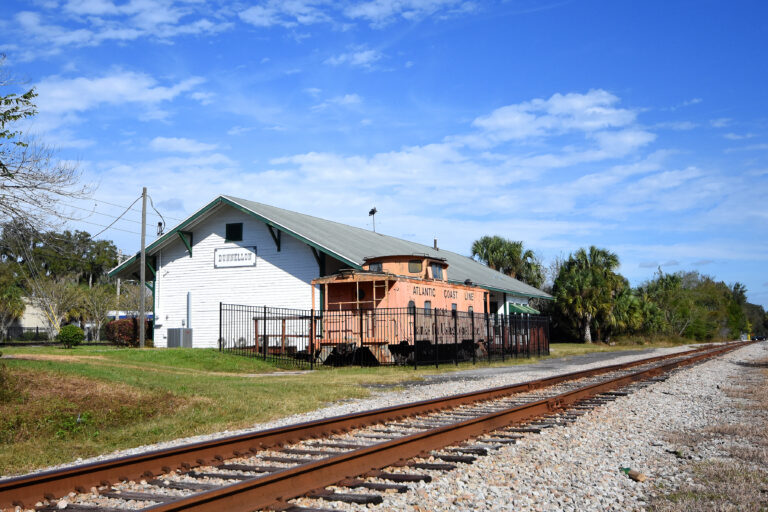
2022 – Present Day Modern Dunnellon:
Today, Dunnellon retains its small-town charm while embracing tourism and outdoor recreation as key aspects of its economy. The city has preserved some of its historic buildings and landmarks, and it continues to attract visitors who enjoy activities like boating, fishing, tubing, and exploring the natural beauty of the Rainbow River.
